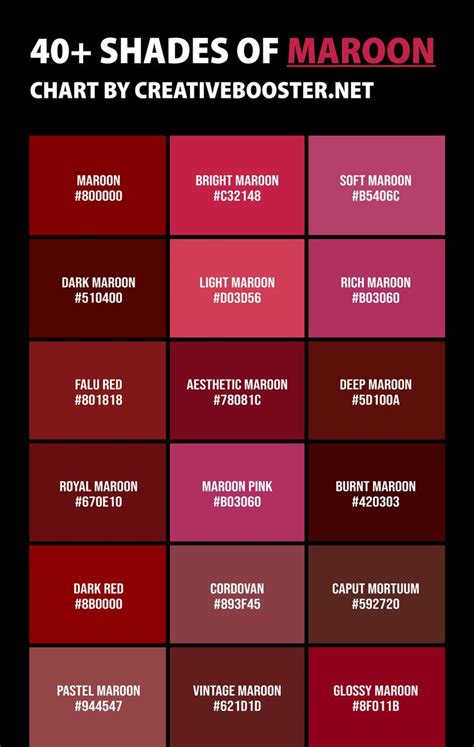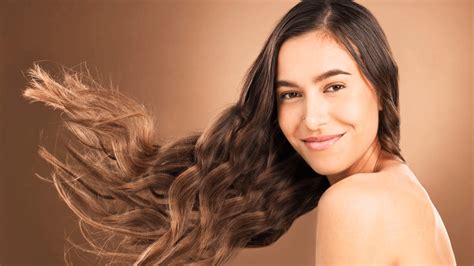Hair loss, affecting millions worldwide, can be a distressing and confidence-sapping experience. Wigs offer a solution, providing an instant transformation and the ability to regain a sense of self. This guide will delve into the world of wigs for hair loss, exploring different types, materials, and factors to consider when choosing the right one.

1. Types of Wigs for Hair Loss
-
Human Hair Wigs: Made from real human hair, these wigs offer the most natural look and feel. They are highly customizable, allowing for style changes and coloring.
-
Synthetic Hair Wigs: Constructed from artificial fibers, synthetic wigs are more affordable than human hair wigs. They come in a wide range of colors and styles.
-
Lace Front Wigs: These wigs have a lace base that extends from ear to ear, creating a seamless hairline effect.
-
Glueless Wigs: As the name suggests, glueless wigs do not require adhesive to secure them. They are a convenient option for those with sensitive skin.
-
Top Pieces: Top pieces are hairpieces that cover the top or crown of the head. They are ideal for individuals with thinning hair who wish to add volume.
2. Materials for Wig Construction
-
Monotop: A thin, breathable mesh that creates a natural-looking scalp effect.
-
Lace: A delicate fabric that provides a realistic hairline and allows for natural movement.
-
Weft: A strip of fabric with hair strands sewn on, which is attached to the cap.
-
Silicone: A flexible material used for wig straps and tabs, ensuring a secure fit.
3. Factors to Consider When Choosing a Wig
-
Hair Type: Determine the texture and thickness of your original hair to choose a wig that matches as closely as possible.
-
Hair Loss Pattern: Consider the areas of hair loss and the desired coverage of the wig.
-
Face Shape: The shape of your face can guide the selection of a wig that frames and complements it.
-
Personal Style: Choose a wig that matches your desired style, whether it’s natural, edgy, or glamorous.
4. 10 Tips for Selecting the Perfect Wig
- Visit a professional wig consultant to receive personalized advice and try on different options.
- Research reputable wig makers and online retailers to ensure quality and authenticity.
- Read reviews from other customers to gain insights into their experiences with specific wigs.
- Consider your budget and maintenance requirements before making a purchase.
- Choose a wig that is comfortable to wear and does not cause any discomfort or irritation.
- Invest in a wig stand or storage box to keep your wig in pristine condition.
- Wash and style your wig regularly according to the manufacturer’s instructions.
- Seek professional assistance from a hairstylist for styling and maintenance.
- Don’t be afraid to experiment with different styles and colors to find what suits you best.
- Enjoy the confidence and beauty that a wig can bring to your life.
5. Emotional Benefits of Wigs for Hair Loss
Wigs for hair loss go beyond providing a physical solution. They offer an array of emotional benefits, including:
-
Empowerment: Regaining a sense of control over appearance and self-expression.
-
Confidence Boost: Enhancing overall self-esteem and reducing feelings of inadequacy.
-
Social Acceptance: Feeling more connected and less self-conscious in social situations.
-
Mental Health Improvement: Reducing anxiety, depression, and other mental health challenges associated with hair loss.
6. Research Findings on Wigs for Hair Loss
According to a survey by the American Academy of Dermatology, 65% of women with hair loss reported that wearing a wig improved their quality of life.
Another study published in the journal “Psycho-Oncology” found that wigs helped cancer patients cope with the physical and emotional effects of chemotherapy-induced hair loss.
7. Creative Applications for Wigs
Wigs, beyond their traditional use for hair loss, can be creatively utilized in the following ways:
-
Cosplay and Costumes: Transforming into fictional characters for entertainment purposes.
-
Drag Performances: Creating over-the-top looks for artistic expression.
-
Historical Reenactments: Immersively portraying figures from different time periods.
-
Hair Extension Alternatives: Adding volume and length to existing hair without commitment or damage.
8. Comparison Table of Wig Types
| Wig Type | Pros | Cons |
|---|---|---|
| Human Hair Wigs | – Natural look and feel | – Expensive |
| – Customizable | – Requires professional styling | |
| – Long lifespan | ||
| Synthetic Hair Wigs | – Affordable | – Less natural look |
| – Variety of styles and colors | – Shorter lifespan | |
| – Easy maintenance | – Can tangle or shed | |
| Lace Front Wigs | – Realistic hairline | – Requires careful application |
| – Allows for styling versatility | – More expensive | |
| – Durable | ||
| Glueless Wigs | – Convenient | – Less secure |
| – No skin irritation | – Limited styling options | |
| – Quick to apply | – Shorter lifespan | |
| Top Pieces | – Adds volume | – May not cover all areas of hair loss |
| – Affordable | – Less versatile than full wigs | |
| – Natural-looking |
9. Selection Matrix for Wig Materials
| Material | Properties | Benefits | Limitations |
|---|---|---|---|
| Monotop | – Thin and breathable | – Creates a natural scalp effect | – Can be delicate |
| Lace | – Realistic and flexible | – Allows for movement | – Requires special adhesive |
| Weft | – Durable and strong | – Easy to attach | – Can create a bulky look |
| Silicone | – Non-allergenic | – Provides a secure fit | – Can be uncomfortable in hot weather |
10. Strategies for Effective Wig Maintenance
- Store your wig on a wig stand or in a box to maintain its shape.
- Wash your wig every 6-8 wears or when it becomes noticeably dirty.
- Use lukewarm water and a mild shampoo designed for wigs.
- Condition your wig after washing to restore moisture and reduce tangles.
- Avoid using heat styling tools directly on your wig to prevent damage.
- Have your wig professionally cleaned and styled every 3-6 months for optimal longevity.
11. Future Innovations in Wig Technology
-
Nanofibers: Tiny fibers that can mimic the natural hair texture, promising even more realistic wigs.
-
Artificial Intelligence (AI): AI-powered applications that provide personalized wig recommendations and style suggestions.
-
3D Printing: Custom-made wigs tailored to individual head shapes and hair densities.
-
Biomimetic Materials: Materials inspired by nature that could enhance the breathability and comfort of wigs.
12. Conclusion
Wigs for hair loss offer a myriad of benefits, from restoring confidence to enhancing style. Understanding the different types, materials, and factors involved in choosing the right wig is crucial for a successful experience. By embracing the power of wigs, individuals can regain control over their appearance and live more fulfilling lives.
13. Call to Action
If you are experiencing hair loss, consider exploring the transformative power of wigs. Visit a reputable wig consultant to discover your options and embark on a journey to regain your confidence and embrace your true self.
